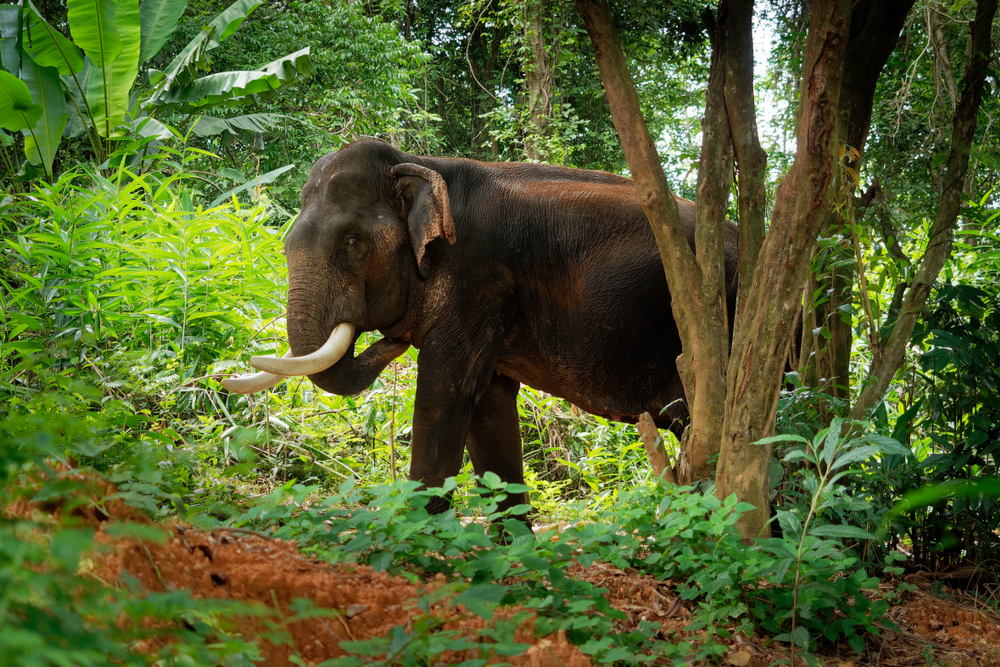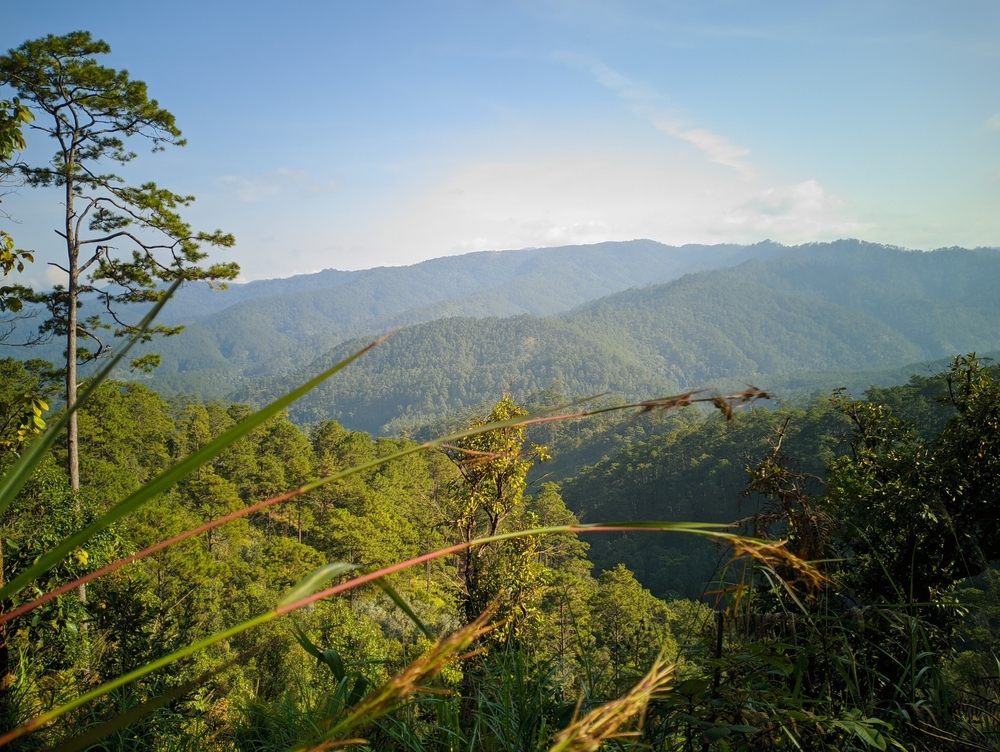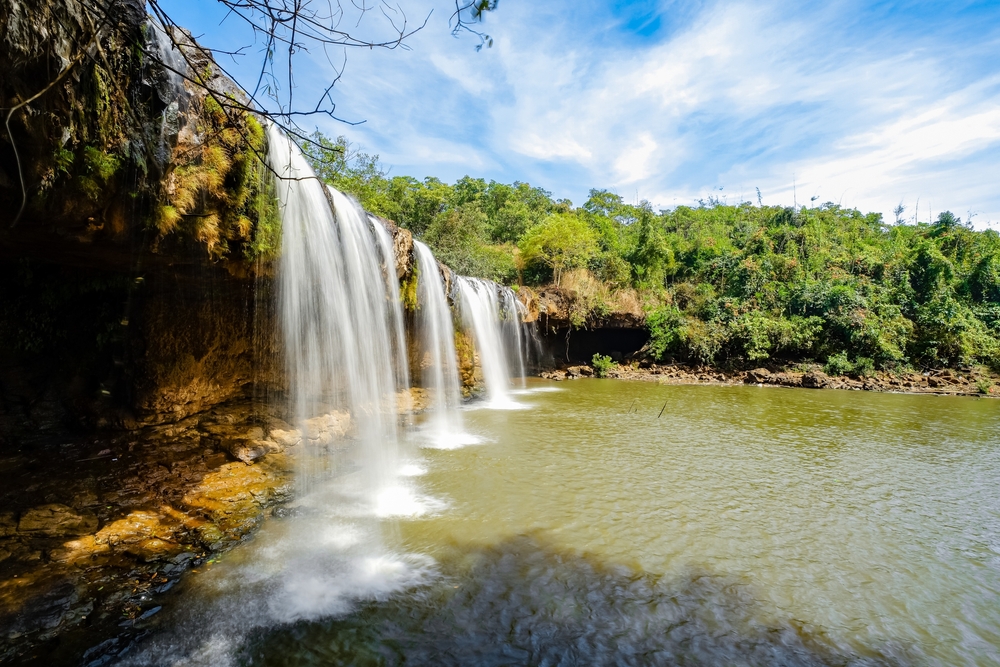Chư Mom Ray Overview
Chư Mom Ray National Park, located in the Tây Nguyên (Central Highlands) region of Vietnam, is a treasure trove of biodiversity and natural beauty. Its name is derived from the local language of the indigenous ethnic groups, reflecting their deep connection to the area.
Spanning approximately 356 square miles (920 square kilometers), the park is situated in Kon Tum Province, near the borders of Cambodia and Laos, making it part of the Indo-Burma biodiversity hotspot. It holds the distinction of being Vietnam’s only national park situated at the convergence of three countries, adding to its ecological and cultural significance.
The terrain of Chư Mom Ray is characterized by rolling hills, rugged mountains, and lush valleys, with the park’s highest peak, Chư Mom Ray Mountain, towering at 5,500 feet (1,676 meters) above sea level. This diverse landscape is further enriched by dense tropical forests, including broadleaf evergreen and semi-deciduous forests.
Rivers such as the Sa Thay and Dak Bla weave through the park, creating serene waterways and contributing to the region’s lush vegetation. During the rainy season, numerous waterfalls cascade through the park, enhancing its scenic allure. Orchids, ferns, and various hardwood tree species dominate the forest floor, while bamboo groves add variety to the vegetation.
Chư Mom Ray is a haven for wildlife, boasting an impressive array of species. Among the mammals, visitors might spot the rare Indochinese tiger, Asian elephant, gaur (a large wild ox), or the elusive douc langur. The park is also home to pangolins, sun bears, and a variety of small carnivores such as civets and weasels.
Birdwatchers will be enthralled by the park’s avian diversity, which includes the great hornbill, crested serpent eagle, and the endangered green peafowl. The park’s wetlands and riverine areas attract a host of migratory birds and amphibians, contributing to its reputation as a biodiversity hotspot.
Visitors to Chư Mom Ray often explore its pristine wilderness through guided trekking tours, which allow for an immersive experience in the park’s natural beauty. The park also offers opportunities for birdwatching, wildlife photography, and cultural exchanges with local ethnic communities, such as the Jarai and Bahnar people, who live in harmony with the environment. For those seeking a more adventurous experience, the park’s rugged trails are ideal for mountain biking and off-road exploration.
Conservation efforts at Chư Mom Ray National Park are a critical part of its management. Despite its protected status, the park faces challenges such as illegal logging, poaching, and encroachment from agricultural activities. However, collaborative efforts involving local communities, non-governmental organizations, and government agencies have seen successes in habitat restoration and anti-poaching patrols. The integration of eco-tourism initiatives also helps raise awareness and funding for conservation programs.















































































